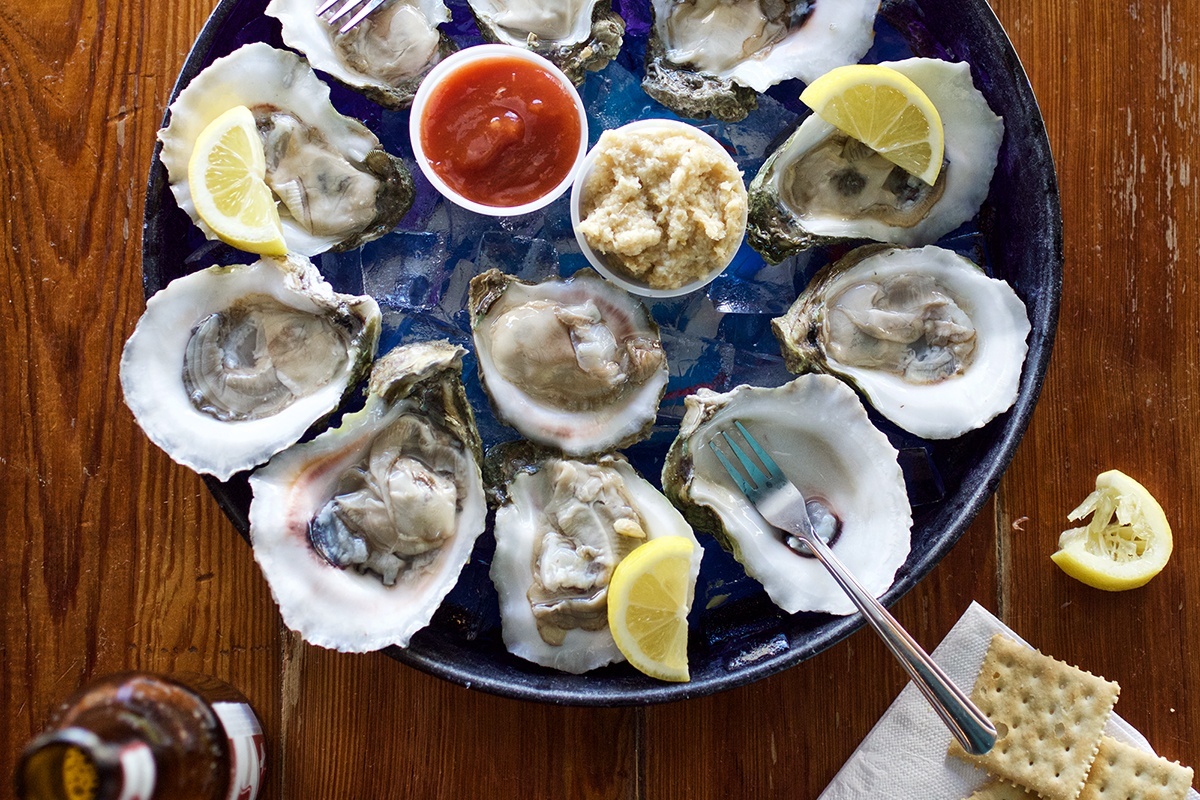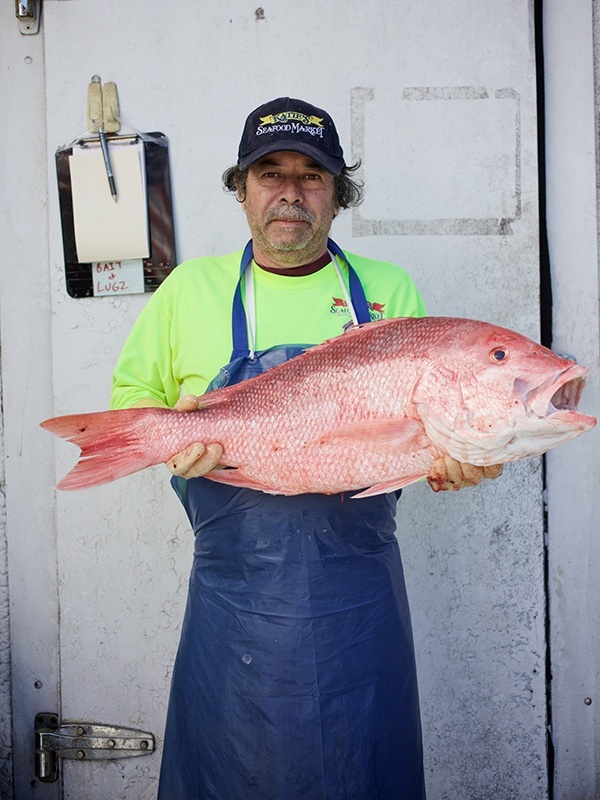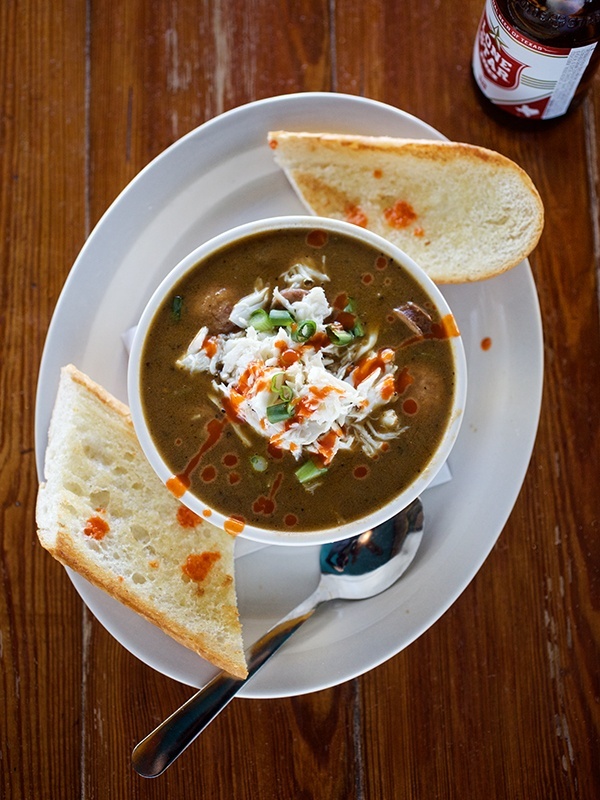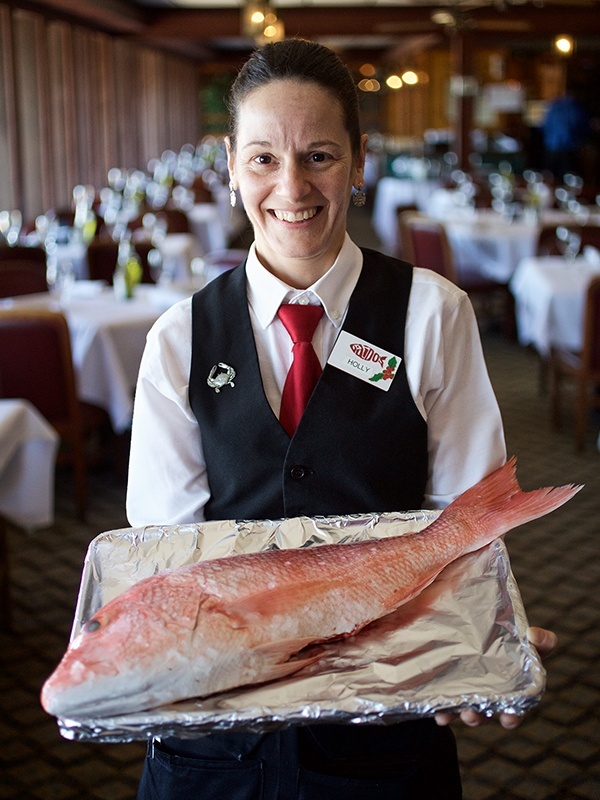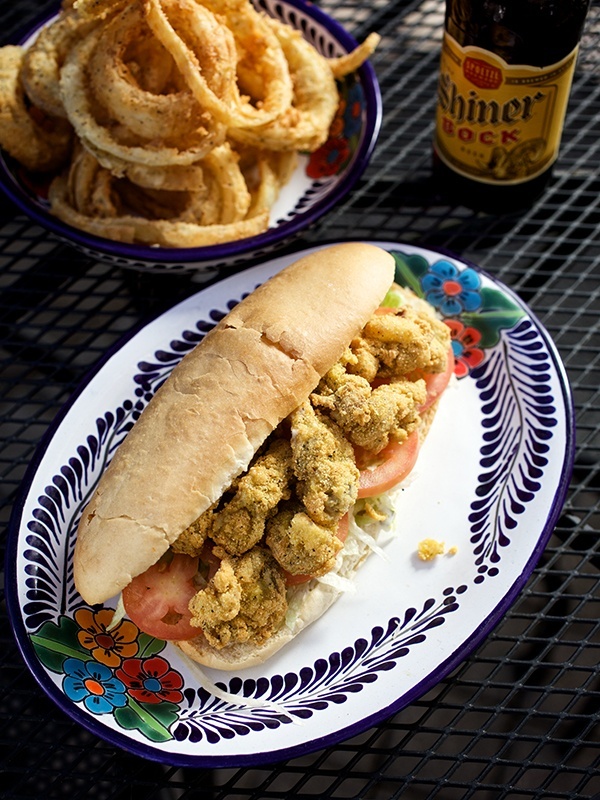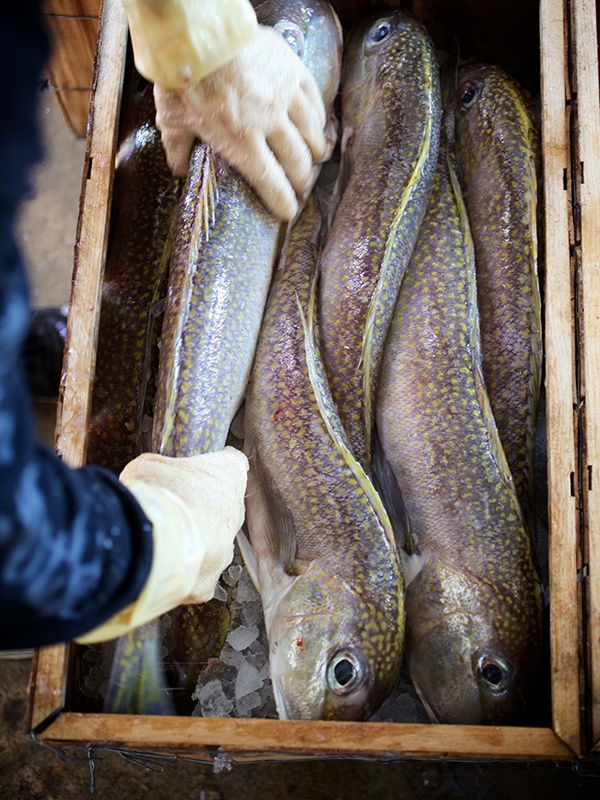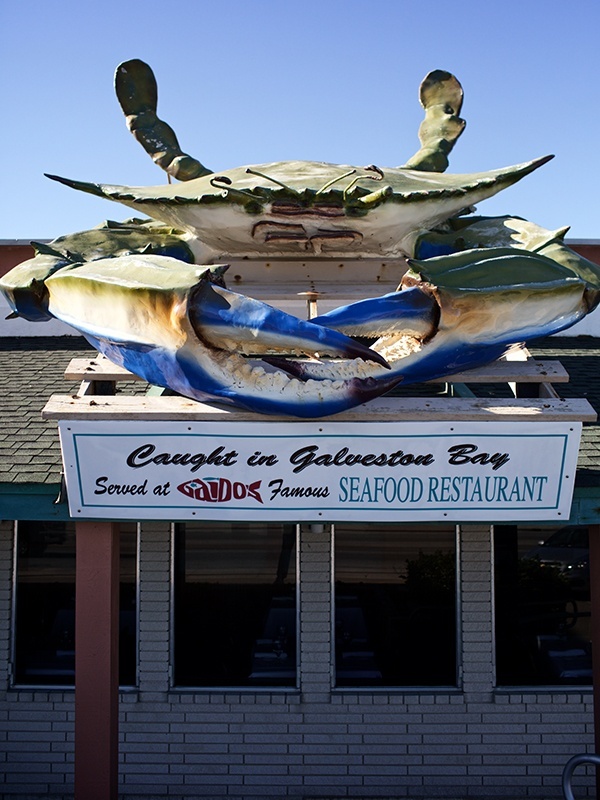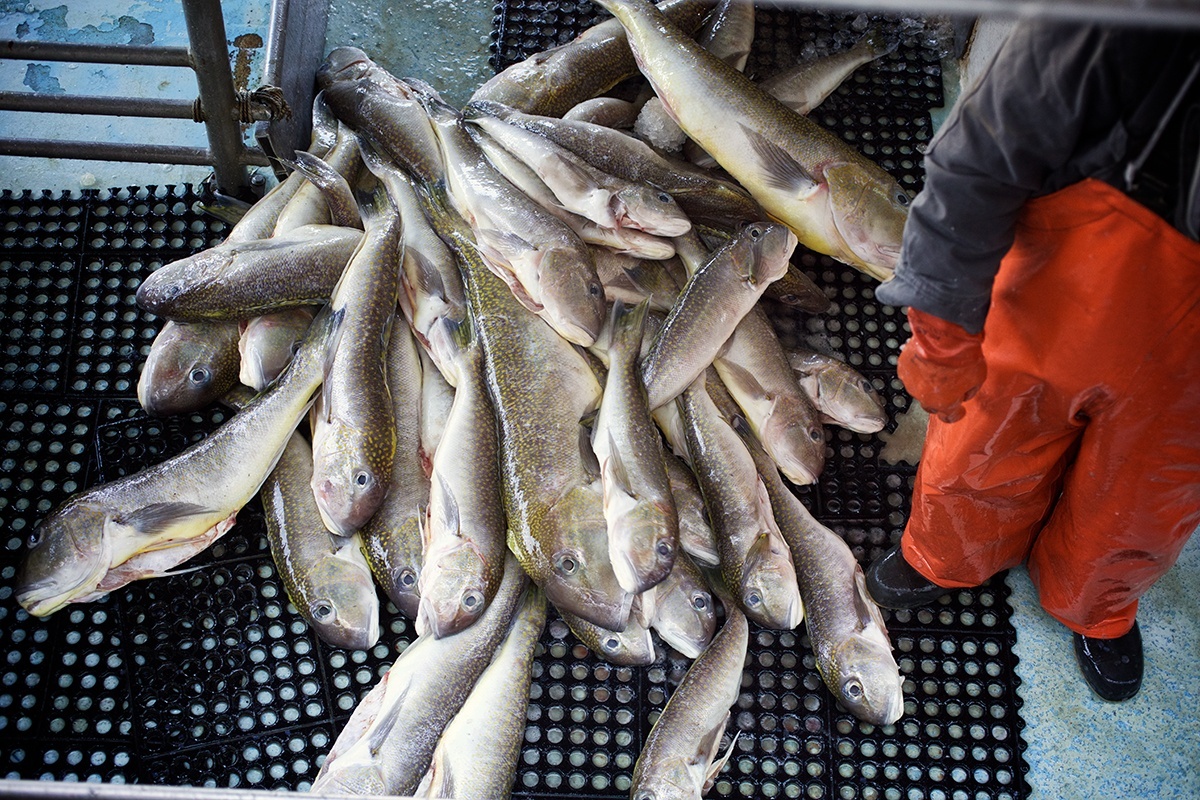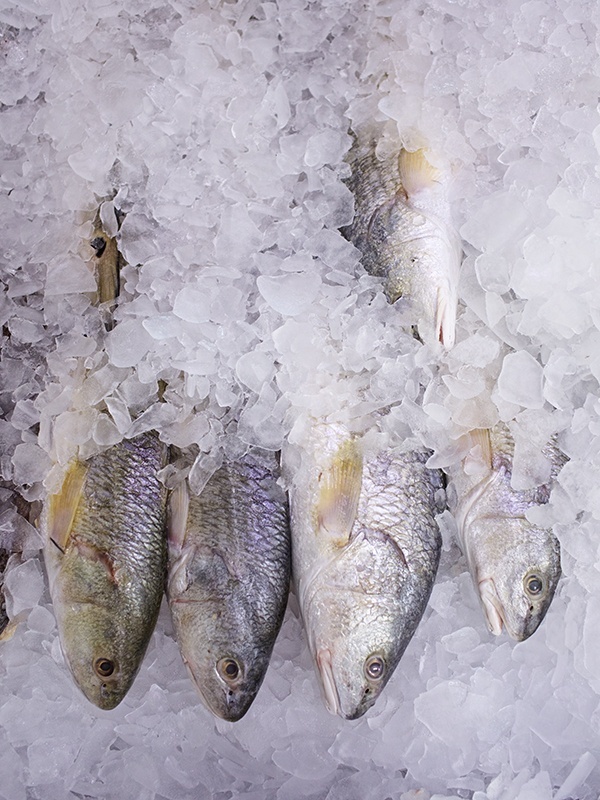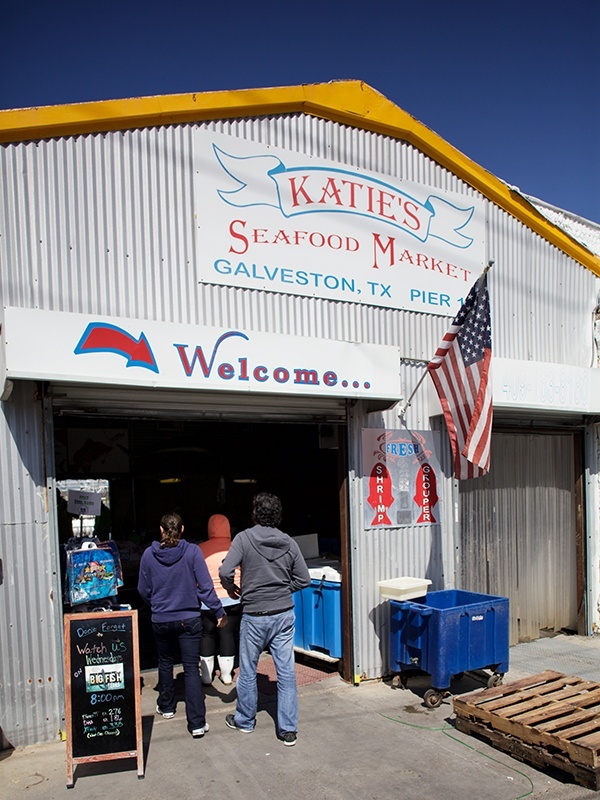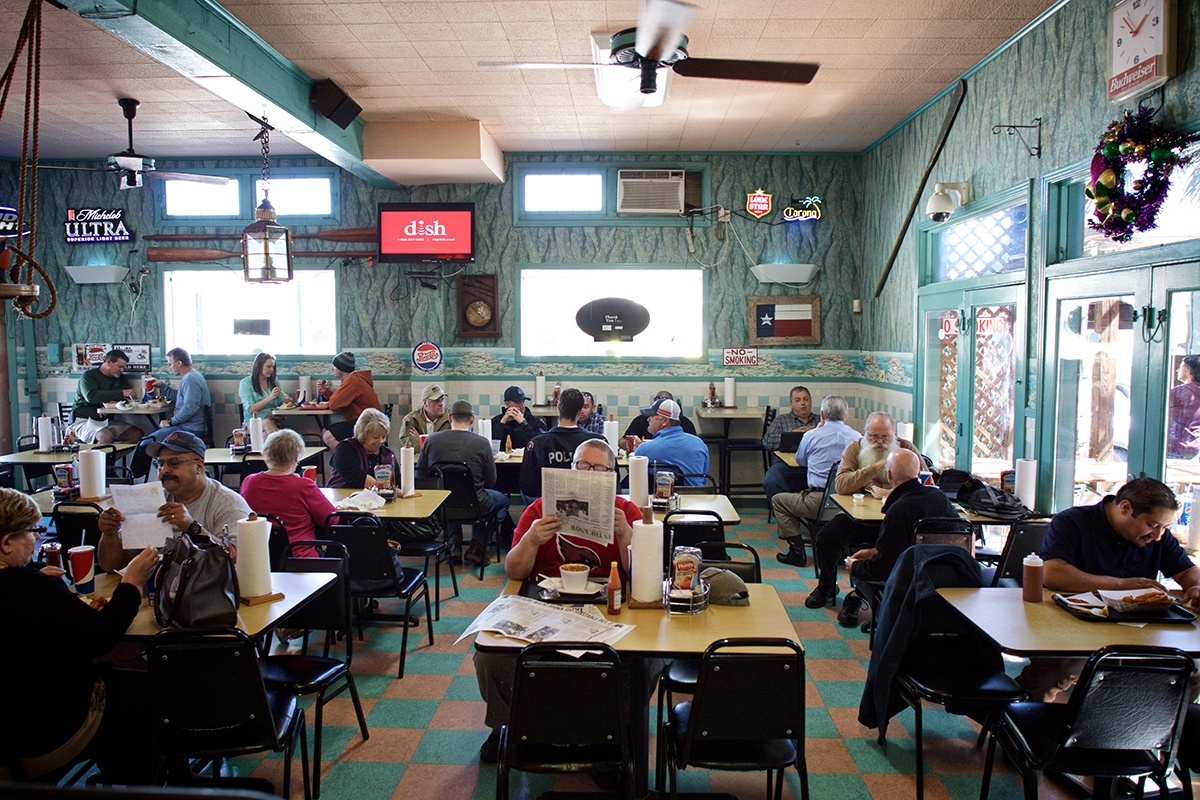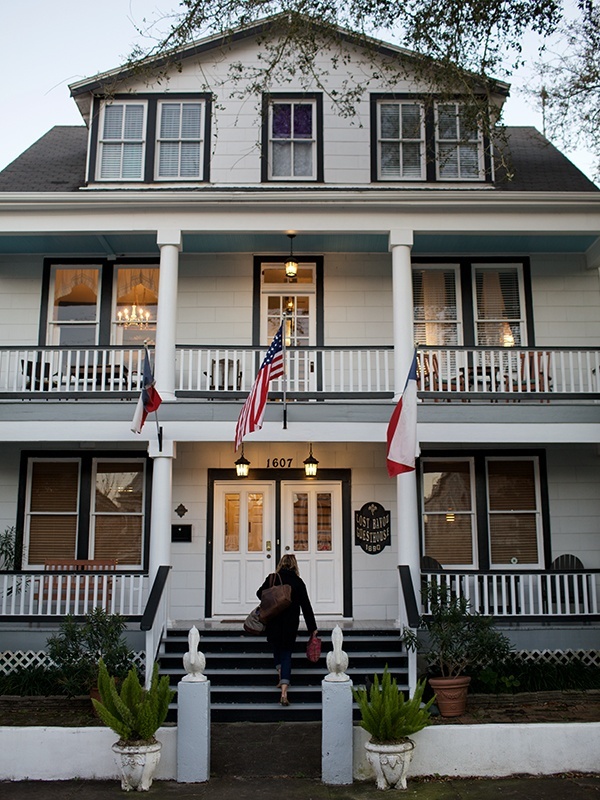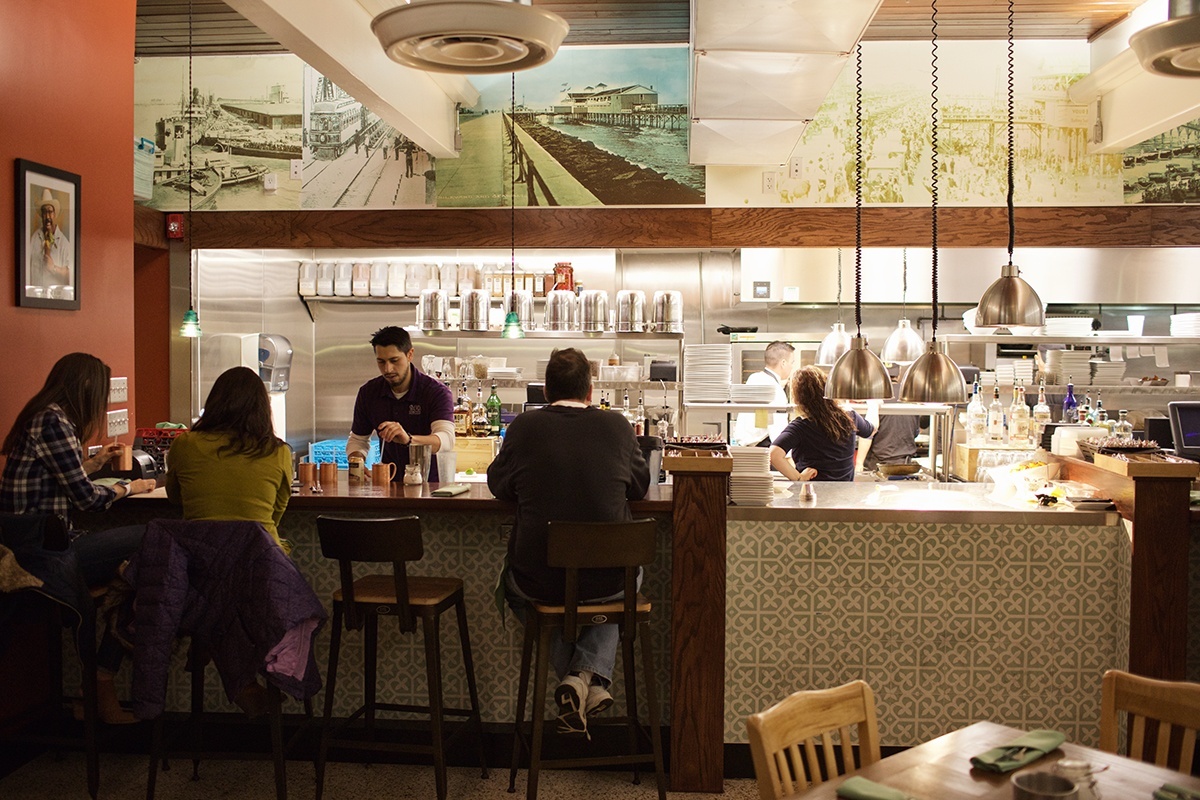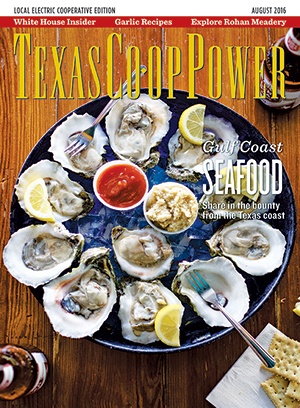When it comes to great seafood in Texas, a trip to the Gulf Coast promises amazing riches. From iconic, time-honored restaurants to casual seafood shacks, there are countless spots to enjoy fresh-from-the-boat catches. Savoring the bounty is easy (please pass the fried shrimp!), but for the industry that ushers it to our plates, maintaining a steady supply poses plenty of challenges.
Over the past few years, the Gulf region dealt with a devastating oil spill, hurricanes that damaged oyster beds and droughts that diminished the supply of fresh water nourishing sea life in bays and estuaries. The ecosystems that produce much of our seafood have been threatened. But here’s the good news: Recent efforts by industry champions—from building new reefs to recycling oyster shells—have significantly bolstered the seafood forecast.
“There has never been a better time to enjoy Gulf seafood than now,” says Jim Gossen, founder of Louisiana Foods and one of the industry’s driving forces. “It’s handled better, gets to the market quicker and is managed commercially more efficiently and sustainably than anytime in history. Frankly, it’s some of the best seafood in the world!”
There’s no better place to enjoy the Gulf’s riches than Galveston. The town’s quaint Victorian architecture, laid-back pace and abundance of stellar restaurants perched on its 32 miles of shoreline make the destination feel like a world unto itself.
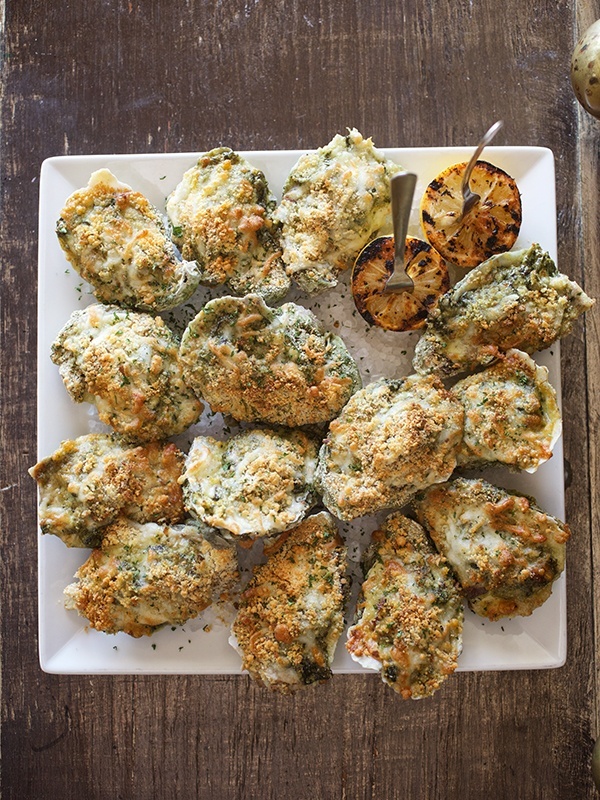
BLVD. Oysters are the chef’s version of oysters Rockefeller at BLVD. Seafood.
Jody Horton
“Moving to Galveston really spoils you,” says Robb Walsh, an award-winning food writer and cookbook author. “At island restaurants like BLVD. Seafood, you can order wild-caught Gulf shrimp, fresh grouper and red snapper right off the boat—every day.”
When I found myself dreaming about po’boys and salt spray, I knew it was time for my own seafood bender. So on a recent morning, my photographer friend and fellow oyster enthusiast Jody Horton and I hit the highway early so we could arrive in time for lunch. When we pulled into town, we drove straight to Katie’s Seafood Market on Pier 19, the largest fresh fish retailer on the island. Fishing boats were unloading heaps of giant tilefish and snapper onto iced pallets, while a few pelicans shamelessly lurked nearby, hoping for a saltwater snack.
After years as a commercial fisherman, Buddy Guindon (aka Captain Buddy) opened Katie’s Seafood Market in 1998 with his wife, Katie, and his brother Kenny. The majority of seafood sold here, including red snapper, grouper, golden tilefish, flounder, oysters, shrimp and blue crab, come from local fishermen and shrimpers.
Thanks to his starring role in the reality show Big Fish, Texas on the National Geographic Channel, Guindon reaches a broad audience. Devoted to the sustainability of Gulf seafood, the episodes provide a window into the complex life of today’s Gulf fishermen. Viewers follow Guindon and his family on fishing trips as well as on various advocacy missions that range from Austin (where he spoke with politicians) to Mississippi for a meeting with the Gulf of Mexico Fishery Management Council.
“My hope is that Big Fish, Texas will help consumers realize their place in sustainable fisheries,” Guindon tells me. “What’s missing in fisheries management is the consumer—the people who eat the seafood that I catch. Their supply is continually under attack by organizations that represent recreational fisherman.”
Guindon and fellow members of the Gulf of Mexico Reef Fish Shareholders’ Alliance founded Gulf Wild, a nonprofit, conservation organization that supports U.S. fishermen operating in the Gulf. Their efforts led to the Gulf Wild tags now found on seafood in markets. The tags allow consumers to track the exact source of their fish to ensure that it was harvested by U.S. fishermen and came from a well-monitored and continuously improving fishery. “The best way to participate in the conversation,” Guindon adds, “is by letting voting members of Congress and the Senate know that they want their access protected.”
Once Guindon shared his short list of favorite haunts, we were ready to dig in. We drove to Black Pearl Oyster Bar, a friendly pub known for its casual ambience and briny bivalves on the half shell. At lunch, the restaurant draws locals for po’boys, gumbo (topped with a generous scoop of snowy lump crab) and salads. In the evening, the lights dim, cocktails are shaken, and specialties such as barbecue shrimp, crab cakes and crawfish étouffée feed a convivial crowd. As we settled into a dozen oysters, manager Angela Clark told us that they were harvested near Anahuac. As we passed wedges of lemon and horseradish, we agreed that these sweet, clean-tasting oysters were some of the best we’d shared.
Po’boys were next on our list. Several locals directed us to Shrimp ’N Stuff Downtown, a casual café that opened in 1976. The restaurant is known for flawless fried seafood—each and every shrimp is peeled, deveined and breaded by hand—but chef Juan Cardona also prides himself on seafood salads, broiled and blackened options (think broiled red snapper with citrus butter sauce and jalapeño rice), shrimp and fish tacos, and made-from-scratch gumbo. We dug into quintessential po’boys, the crackly hoagie buns barely able to contain a heap of juicy fried shrimp and plump, crispy oysters, with plenty of tartar sauce, lettuce and tomatoes. Dessert was not a possibility, but we made a note to return to try the sugar-dusted beignets.
Perched on the seawall with views of the water, Gaido’s, our next stop, has been an iconic destination since San Giacinto Gaido opened the restaurant’s doors in 1911. It’s the kind of old-school, swanky restaurant where you expect to hear Sinatra—and you will—but it is the classic seafood preparations and the winning hospitality that have amassed Gaido’s loyal following.
Over its 105 years, the restaurant has welcomed celebrities and presidents and served countless special-occasion meals for locals. Owner Nic Gaido explains that, even though he is a self-confessed foodie with his eye on food trends, the beloved signatures like charcoal-grilled and baked oysters (available in variations including Ponzini, Asiago, Bienville, Monterey or Rockefeller) will never leave the menu.
“You need to respect the dishes that have made you famous over the years, and constantly try to improve them while still offering new ideas and innovations here and there,” he said.
Thankfully, the same goes for Gaido’s impressive roster of traditional crab preparations: lump meat atop seared flounder, crab cakes, stuffed blue crab, crab salad over avocado with remoulade, and creamy spinach crab dip. Be sure to end your meal with a slice of Gaido’s famous pecan pie.
Gaido pointed us to nearby Galveston Island Brewing, where a resident rooster, delicious brews including the crisp, summery Causeway Kolsch, and a convivial taproom encourage guests to squander a few hours. The brewery offers free tours Saturdays at 1 p.m. and a pub grub menu if you decide to settle in for board games and a pint.
We ended our day at BLVD. Seafood. With its open kitchen, striking blue tile bar and plenty of natural light, the stylish spot (a repurposed convenience mart) is one of the newest restaurants on the seawall. Executive Chef Chris Lopez, who also helms the range at popular Yaga’s Café, serves an ever-changing menu of Southern-inspired Gulf seafood, including the Flat Fish Stack (broiled flounder topped with a crab cake and Mornay sauce), shrimp and grits spiked with andouille and redfish broiled “on the half shell” (with its skin on). Don’t miss the BLVD. Oysters, the chef’s riff on Rockefeller—our favorite dish of the trip.
A day of great eating requires a long walk. An evening stroll along the seawall and eventually the beach—where a jetty of massive flat stones provides the perfect perch to enjoy the moonlight dancing on the water—serves up Galveston’s seaside charms.
The next morning we were, alas, homeward bound, but we couldn’t leave town on an empty stomach. On Captain Buddy’s recommendation, we ordered breakfast on the sun-dappled patio at Sunflower Bakery and Cafe. A cool breeze, an English muffin topped with poached eggs and jumbo lump crab with Hollandaise sauce, and plenty of coffee fueled us for the drive. We stopped by Katie’s for a couple pounds of jumbo shrimp to go. It was time to leave Galveston, but at least we could take the flavor of the coast back home.
——————–
Paula Disbrowe is the Texas Co-op Power food editor.
